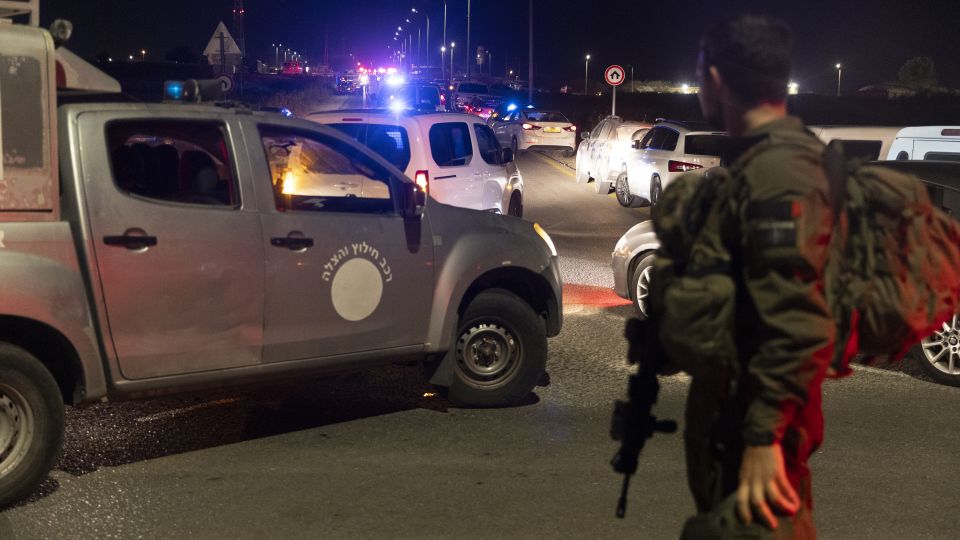
On Sunday night, a drone launched from southern Lebanon managed to bypass Israeli air defenses undetected, striking the Golani Brigade’s base approximately 40 miles from the border.
The drone hit just after 7 p.m., during dinnertime, and while the military has not disclosed specific details about the impact location, photos indicate that it targeted the base’s dining hall. The Israel Defense Forces (IDF) reported that the attack killed four soldiers and injured more than 60 others.
Israel’s air defense systems are highly effective, intercepting and destroying most projectiles directed at the country. However, these systems are primarily designed to counter rockets and missiles rather than drones, which can be launched from various locations, fly low and slow, and change direction rapidly.
Although the IDF has not identified the type of aircraft used in Sunday’s attack, experts told CNN it was likely a Mirsad drone, an unmanned aerial vehicle similar to Iran’s Ababil drones.
Orna Mizrahi, a senior research fellow at the Israeli Institute for National Security Studies, explained to CNN that these drones are particularly challenging to detect due to their small size, lightweight structure, and low radar signature.
According to Mizrahi, Iran and its allies are working to overwhelm Israel’s defense systems, recognizing drones as a vulnerable point. This recent attack is not the first instance of a Hezbollah drone evading Israeli alert systems, leaving the soldiers in the dining hall without any warning.
The U.S. deployment of an air defense system and troops demonstrates its commitment to Israel, an Army official stated.
The United States’ decision to deploy an air defense system and send approximately 100 soldiers to operate it is a “visible statement of our commitment” to Israel’s security, an Army secretary stated on Monday.
The Pentagon announced on Sunday that a Terminal High Altitude Area Defense (THAAD) battery would be sent to Israel to strengthen the country’s air defenses following Iran’s unprecedented attacks.
The THAAD system is capable of intercepting short, medium, and intermediate-range ballistic missiles.
Army Secretary Christine Wormuth did not specify on Monday the deployment location of the air defense battery or its arrival timeline.
“This THAAD deployment should be seen as another visible statement of our commitment to Israel’s security as it faces threats from Hamas and Hezbollah in Lebanon,” Wormuth said at the annual Association of the U.S. Army conference in Washington.
Both Wormuth and Army Chief of Staff Gen. Randy George highlighted the growing demands on Army air defense units, which are among the most deployed in the military.
Wormuth noted that the air defense community is “the most stressed,” emphasizing the need for the Army to provide U.S. Secretary of Defense Lloyd Austin with the necessary information to accurately assess the strain on the force during future operational deployments.
